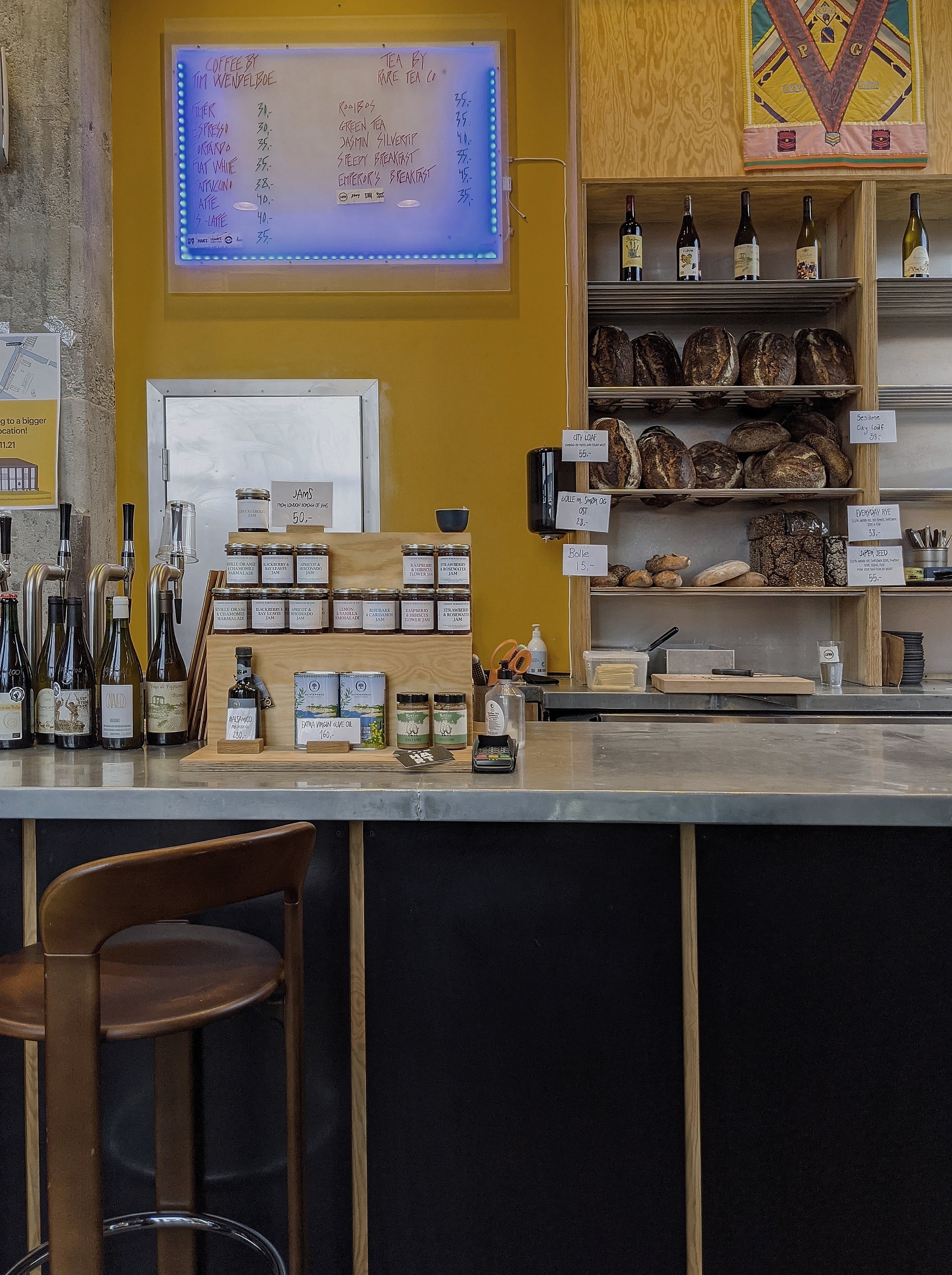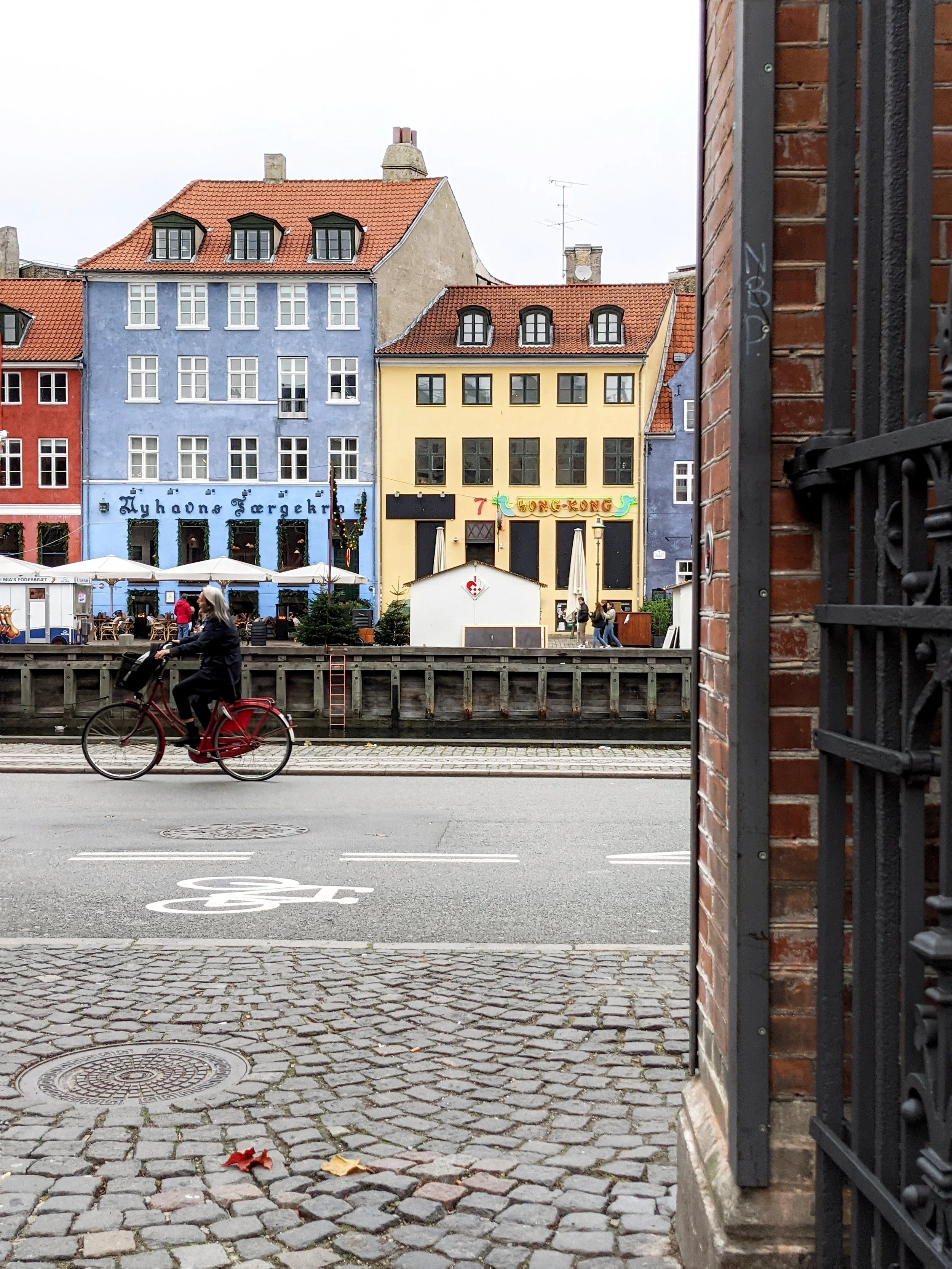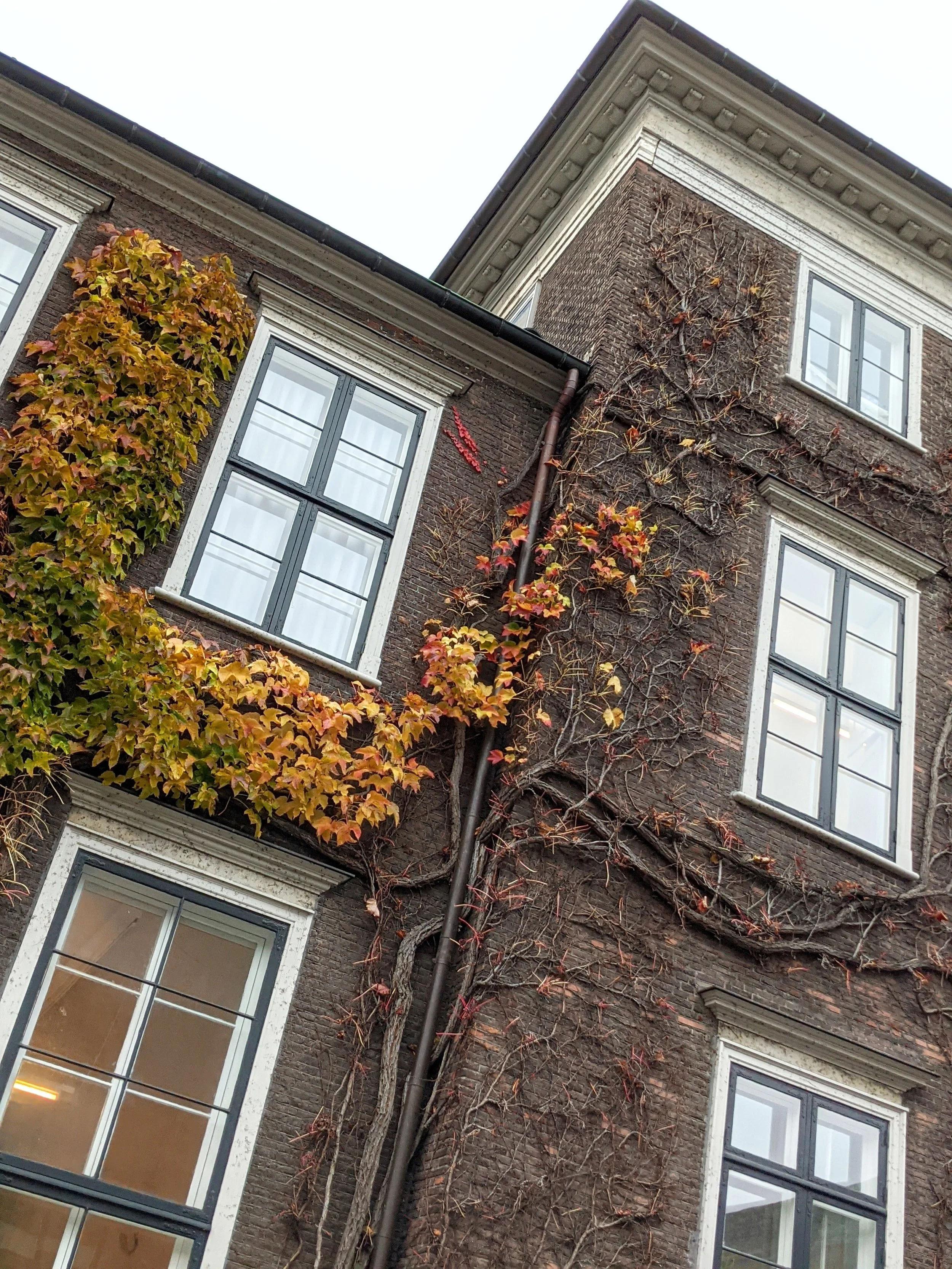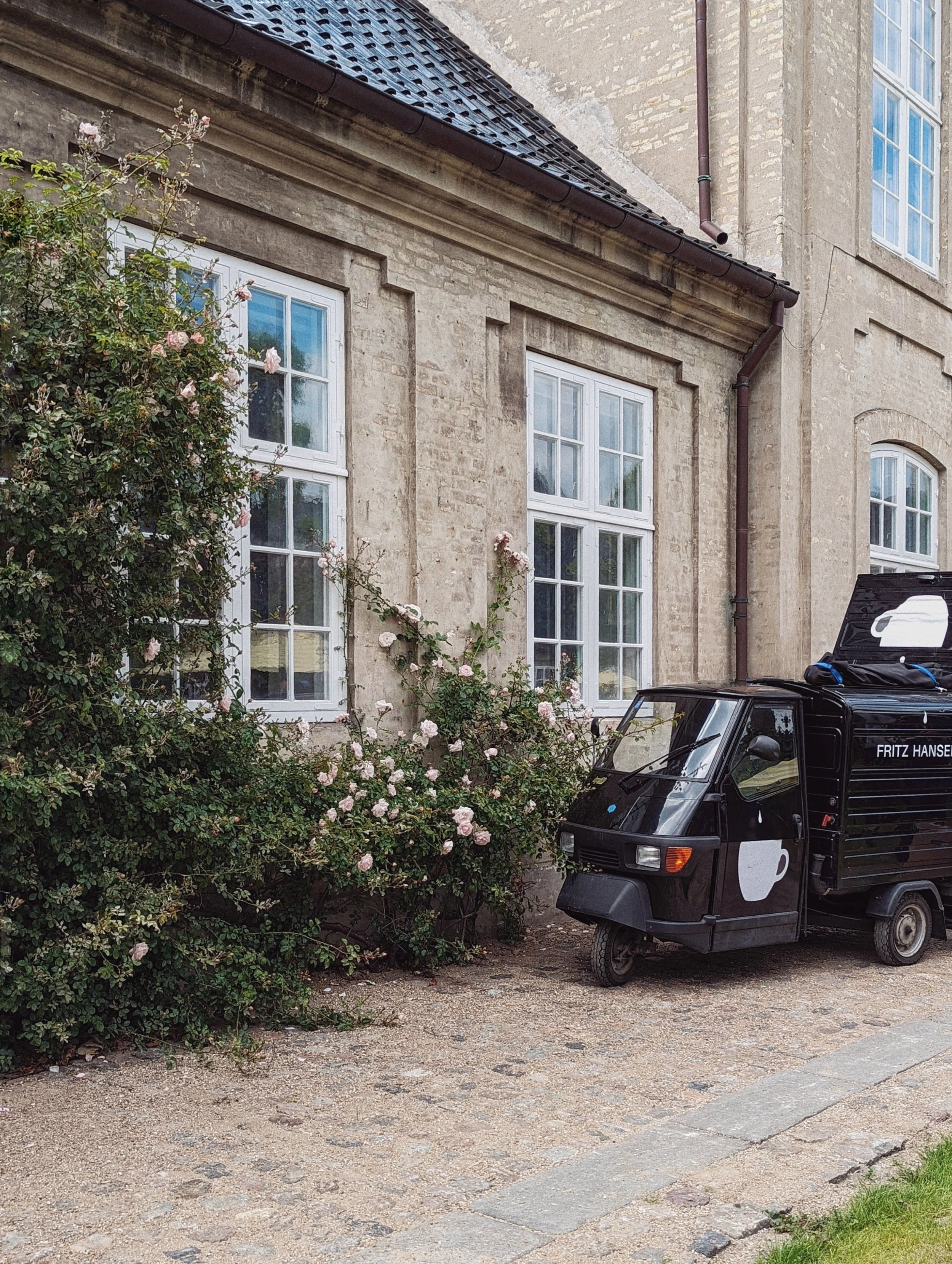A Soft Introduction to Copenhagen – A City I Adore
I absolutely adore Copenhagen. It's easily one of my favorite cities to visit!
I passed by McNally Jackson bookstore one day after having coffee with a friend, Laura Mastri, at a cute coffee shop near work in SoHo, called Urban Backyard.
While browsing the design aisle, I came across a book called "Contemporary Copenhagen." I had just returned from 3 Days of Design in Copenhagen, so I knew I had to get the book. I ended up buying it and have learned so much about the city's urban planning.
Dating back to the 1670s, Nyhavn is one of Copenhagen’s most popular historic areas.
Copenhagen is known for being a planned city.
While the area has a long history of urban activity dating back to 1000 A.D., the city itself was officially founded in 1267 when an archbishop built a castle there as a defense against invaders. Throughout its history, Copenhagen has been heavily influenced by the kingdom and the state, as it serves as the capital of Denmark.
As a result, the city's development has always been carefully regulated. This continues to be the case today, as regional planning plays a significant role in shaping the city and its surrounding region. The Copenhagen region currently has a population of around two million people spread across an area of approximately 60 by 60 kilometers and 36 municipalities. Within this region, the city of Copenhagen itself has a population of about 6300,000 people, with projections indicating that this number will continue to grow in the coming years.
One thing that I really appreciate about Copenhagen is its commitment to sustainability.
The city is governed by a national planning directive known as the Finger Plan, which promotes transit-oriented development and encourages the creation of urban areas along railway lines. This helps to ensure that large office spaces and other important regional facilities are located within walking distance of suburban train stations, reducing carbon emissions.
In addition to its extensive network of bike paths, Copenhagen has also built several beautiful bicycle bridges across the inner harbor, further enhancing the city's connectivity and reputation as a bike-friendly place. In fact, bikes make up more than 20% of all trips and 7% of the total distance traveled in the Copenhagen region, with almost half of all commuting and study trips being made by bike.
On any given day, people in Copenhagen ride their bikes a total of almost 1.5 million kilometers.
If you’re looking for things to do and plan to start your day in the Nyhavn area, here’s what I would recommend on what to do if you plan to spend half a day in this area:
Have breakfast at Sanders Kitchen at Hotel Sanders, enjoy cozy atmosphere in the back alley of Tordenskjoldsgade where the hotel is located; enjoy your breakfast under the heated lamps, and wrap yourself in a cozy wool blankets, provided by the hotel.
Walk towards Heibergsgade, and you’ll arrive at Nyhavn/river walk in a few minutes. Stop and take some photos!
Now, you can choose to walk or rent a bike to cross the Inderhavnsbroen Bridge, I’ve done both!
If you’re feeling like having another cup of coffee, stop by at Hart Holmen for a quick coffee (It’s a 10 minutes walk from Nyhavn or a 3 minutes bike ride)
There are some fantastic showrooms and stores you can explore and check out once you cross the bridge, see the list here.
Once you’re done exploring the area, you may walk back to Nyhavn and treat yourself to some early lunch at Apollo Bar.









